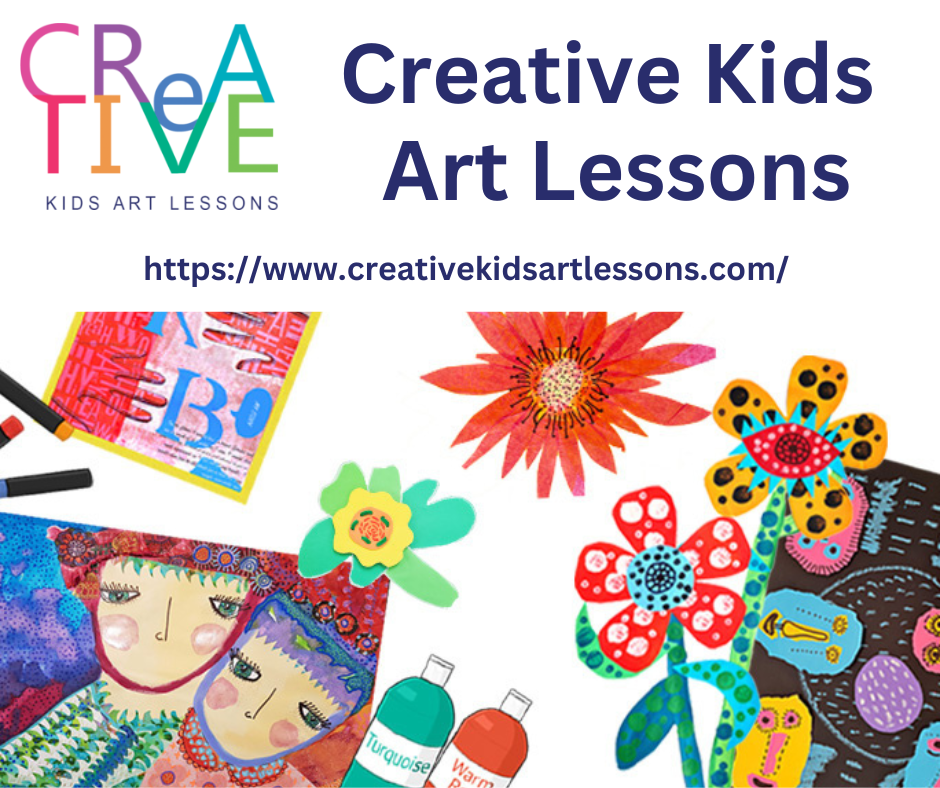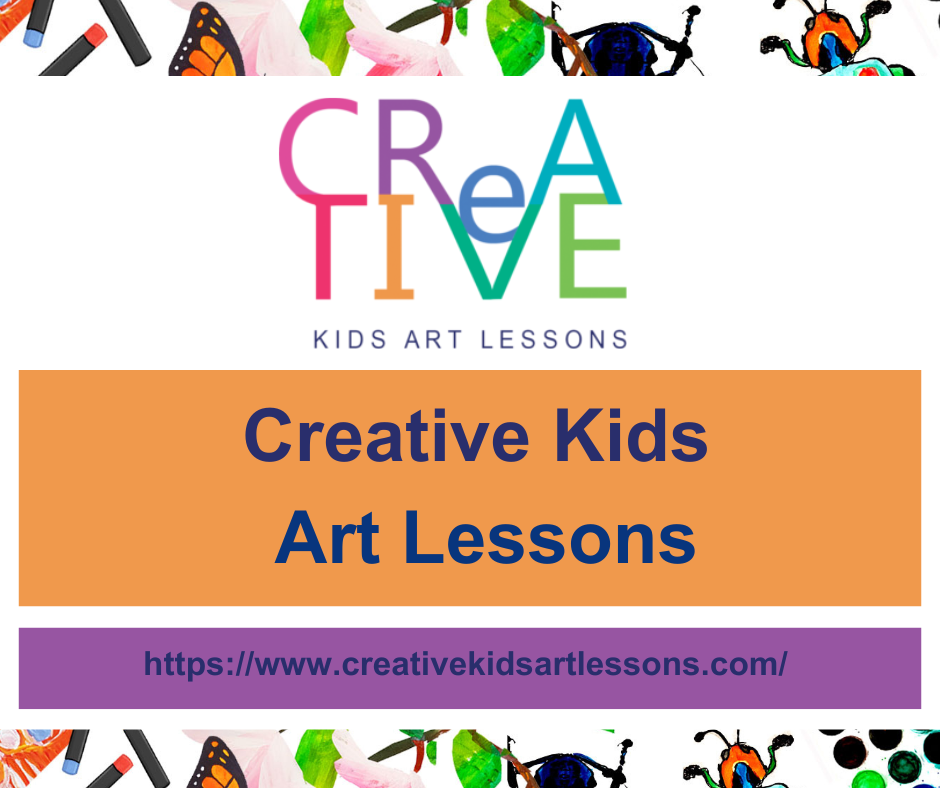In the world of education, art is not just a subject—it’s an experience that fosters creativity, critical thinking, and self-expression. For art teachers, crafting an engaging and effective lesson plan is vital to encourage students to explore their artistic abilities. A well-structured plan provides a foundation for a successful class, sparking the interest and imagination of every student. In this article, we will provide a comprehensive guide on creating an art lesson plan that stands out, keeps students engaged, and fosters a deep appreciation for the arts.
- Setting Clear Objectives for Art Lessons
The cornerstone of any successful art lesson plan lies in setting clear, achievable goals. An objective is what students should be able to achieve by the end of the lesson. Art teachers should focus on skills like technique development, creativity, and understanding of artistic concepts such as form, color, and composition. Clearly defined objectives help streamline the teaching process, ensuring students stay on track and work towards a tangible result.
Crafting SMART Objectives:
Specific: Focus on one skill or concept per lesson.
Measurable: Ensure the outcome can be evaluated (e.g., creation of a specific type of artwork).
Achievable: Set realistic goals according to the students’ age and skill level.
Relevant: Link objectives to broader educational goals, such as fostering creativity.
Time-bound: Set a clear timeframe within which students should complete their tasks.
- Choosing the Right Art Materials and Tools
The success of any art project largely depends on the materials and tools chosen. Offering a variety of mediums—from traditional paints and brushes to digital art software—gives students an opportunity to explore their preferred artistic expression.
Primary Considerations:
Age-Appropriate Materials: Younger children may require simpler tools like crayons or colored pencils, while older students may be ready to experiment with more advanced media, such as charcoal or acrylics.
Safety: Especially for younger students, ensuring that materials are non-toxic and safe is a priority.
Budget: Art supplies can be expensive, so finding affordable yet high-quality materials is essential. Teachers should make use of classroom resources efficiently.
- Structuring the Lesson Plan for Maximum Engagement
Lesson structure plays a crucial role in maintaining students’ attention and enthusiasm. A well-paced lesson keeps students motivated, focused, and eager to learn. Divide the lesson into clear phases: introduction, demonstration, guided practice, and independent creation.
Introduction and Inspiration:
Start by introducing the art concept or technique in an engaging manner. Use examples from famous artists or modern media to capture students’ attention. Show visual aids or videos that relate to the theme of the lesson.
Demonstration:
Next, conduct a step-by-step demonstration of the techniques students will be learning. This is where teachers show how to execute certain brush strokes, color mixing, or sculpting methods. Encourage questions and ensure students understand the process before moving forward.
Guided Practice:
In this stage, students practice the techniques under teacher supervision. This ensures they are using materials correctly and have a grasp of the skills being taught. Provide individual feedback, helping them to refine their approach.
Independent Creation:
Finally, allow students the freedom to create their own art using the concepts and skills they’ve learned. Encourage creativity and individual expression, allowing them to experiment with colors, shapes, and ideas.
- Encouraging Student Reflection and Critique
Part of a complete art education is helping students learn to critique both their work and others’. Encourage them to think critically about what worked, what didn’t, and how they could improve in the future. This helps them develop a deeper understanding of artistic concepts and techniques.
Constructive Critique:
Self-Reflection: Have students discuss their artwork, explaining the choices they made in composition, color, and style.
Peer Feedback: Set up a classroom critique session where students give each other positive, constructive feedback. This helps them appreciate different artistic perspectives and builds communication skills.
- Integrating Technology into the Art Classroom
In today’s digital world, integrating technology into art education is not only relevant but essential. Digital tools and software can greatly enhance the learning experience, providing students with new ways to express their creativity.
Digital Art Tools:
Drawing Tablets: Encourage students to use digital drawing tablets for more precise, intricate designs.
Software: Programs like Adobe Photoshop, CorelDRAW, and Procreate are excellent for introducing students to digital painting, photo editing, and graphic design.
Augmented Reality: Some schools are incorporating AR tools to allow students to see their art come to life in a virtual space.
By combining traditional techniques with modern tools, teachers can offer a well-rounded, future-proof art education.
- Assessing Student Progress in Art
Assessing student work in art can be challenging, as creativity is subjective. However, it’s important to evaluate both the creative process and the final product to ensure students are meeting educational objectives.
Assessment Criteria:
Technical Skills: Evaluate how well students have mastered the specific techniques taught in the lesson.
Creativity: Look at how students have applied their own ideas and interpretations to the project.
Effort and Participation: Recognize the effort and enthusiasm students have shown, even if the final product isn’t perfect.
Presentation: Assess the neatness and thoughtfulness of their work, especially in more advanced classes.
- Fostering a Creative Classroom Environment
A thriving art classroom is one where students feel free to express themselves without fear of judgment. As teachers, it’s essential to create a supportive and positive environment where creativity can flourish.
Strategies to Foster Creativity:
Encourage Experimentation: Make it clear that mistakes are part of the creative process and often lead to unexpected and exciting results.
Provide Inspiration: Keep the classroom stocked with art books, videos, and other resources that can serve as a wellspring of ideas for students.
Showcase Student Work: Create a classroom gallery or online portfolio to showcase students’ work. This boosts their confidence and motivates them to keep improving.
Conclusion: The Role of the Art Teacher
As an art teacher, your role is to inspire, guide, and nurture creativity in your students. By developing a thoughtful, engaging, and comprehensive Lesson Plan for Art Teacher, you create a space where students not only learn valuable artistic skills but also gain confidence in their ability to express themselves. Whether through traditional techniques or modern digital tools, fostering a love for art in your classroom is an invaluable contribution to their overall education.


